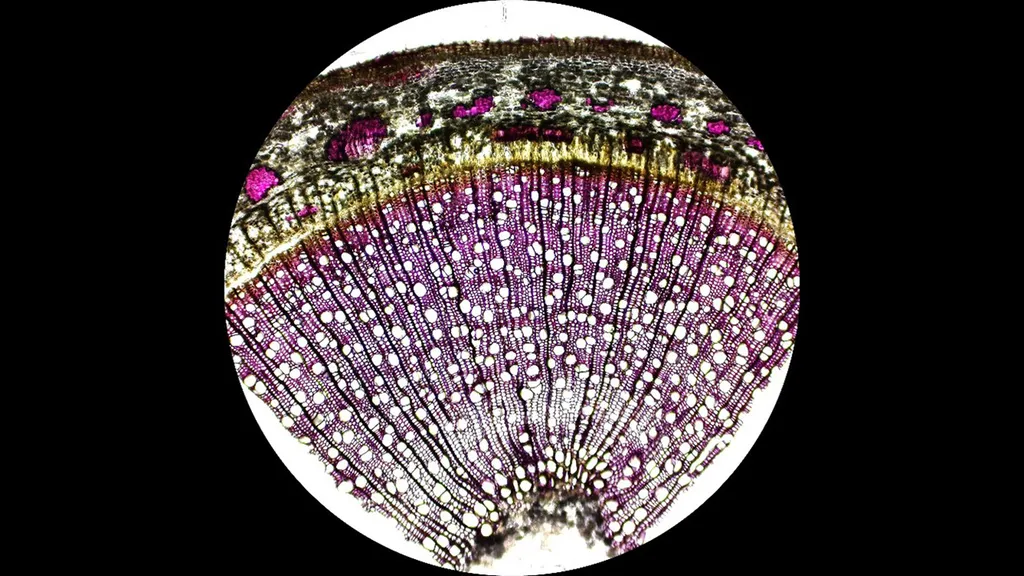In a groundbreaking study published in *BMC Plant Biology* (also known as *Chinese Journal of Plant Biology*), researchers have developed an efficient leaf regeneration system for Poplar 741, a tree species of significant ecological and economic value. Led by Lingyun Liu from the Institute of Forest Biotechnology at the Agricultural University of Hebei, the research not only establishes a robust method for regenerating poplar trees but also uncovers the molecular mechanisms driving the process. This advancement could have profound implications for the energy sector, particularly in sustainable forestry and bioenergy production.
Poplar 741 is widely used for its rapid growth and versatility in various applications, including timber, pulp, and bioenergy. The study focused on optimizing the conditions for adventitious bud induction using sterile poplar leaves as explants. By manipulating exogenous hormone concentrations, pre-treatment durations, and culture medium types, the researchers achieved an impressive 85% adventitious bud induction rate. “The key was finding the right balance of hormones and understanding how different leaf positions respond to treatments,” explained Liu. “Upper leaves pre-treated with Thidiazuron (TDZ) for six days showed the best results.”
The research delved into the physiological and molecular aspects of leaf regeneration. Endogenous hormone content and microscopic observations were conducted to correlate with the regeneration system’s success. Transcriptome sequencing analyses revealed that differentially expressed genes were enriched in pathways related to phenylpropanoid biosynthesis, starch and sucrose metabolism, and plant hormone signal transduction. Core genes identified were PTI5, LBD1, and WER, which played crucial roles in response to 6-Benzylaminopurine (6-BA), TDZ, and leaf position treatments, respectively.
One of the most significant findings was the identification of the optimal time for genetic transformation. Cellular status during pre-culture showed that the highest proportion of Synthesis phase cells occurred on day 3, with Gap 2/Mitosis phase cells appearing from day 4. Key cell cycle S-phase gene expression peaked on day 3, and β-Glucuronidase staining was highest on days 0, 2, and 3. “Day 3 of pre-culture emerged as the optimal window for genetic transformation, with a transient transformation efficiency of up to 68%,” noted Liu. This discovery provides a critical technical basis for future genetic engineering efforts in poplar trees.
The implications of this research extend beyond the laboratory. For the energy sector, efficient regeneration and genetic transformation systems can accelerate the development of poplar varieties with enhanced traits for bioenergy production. “This system not only improves our ability to propagate poplar trees but also opens doors for genetic modifications that can enhance their biomass yield and stress resistance,” said Liu. Such advancements could lead to more sustainable and cost-effective bioenergy solutions, contributing to a greener future.
As the world seeks innovative solutions to combat climate change and reduce reliance on fossil fuels, the development of efficient regeneration and genetic transformation systems for poplar trees represents a significant step forward. The research published in *BMC Plant Biology* offers a promising pathway for advancing forestry biotechnology and its applications in the energy sector. With continued investment and research, the potential for poplar trees to play a pivotal role in sustainable energy production is immense.

